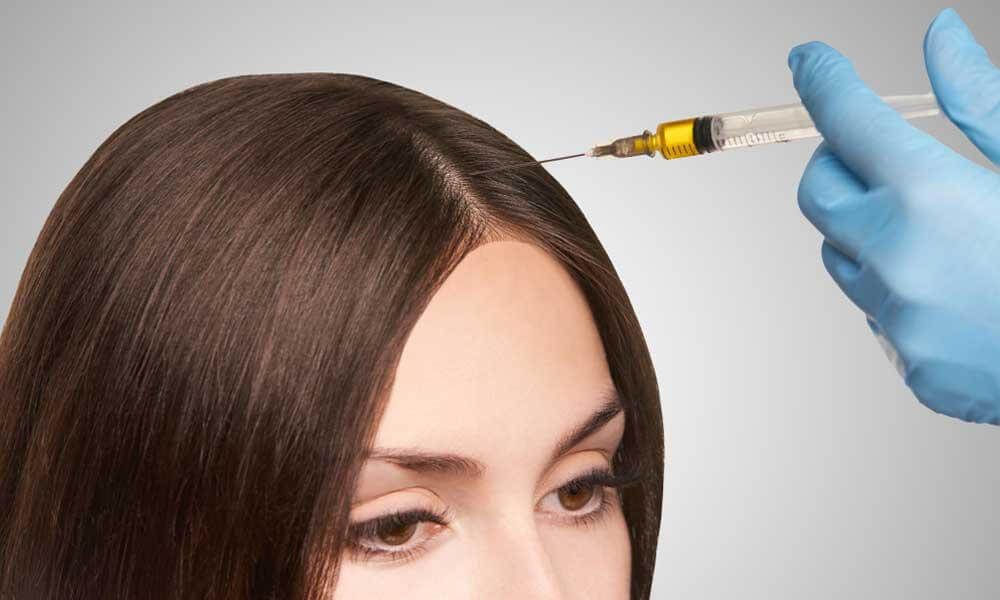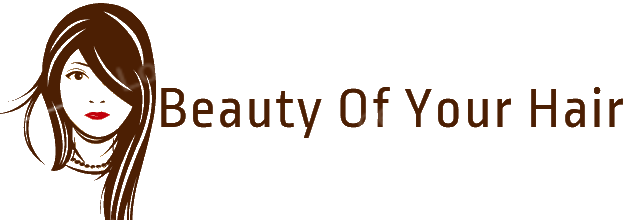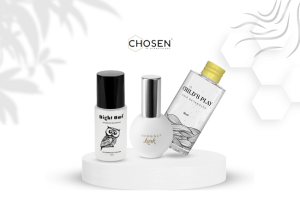A guide to PRP for hair loss

PRP
Hair loss isn’t the taboo subject it once was—whether you’re experiencing it due to pregnancy, a medical condition, or a genetic predisposition, it’s important to know that you are not alone. The good news is that you have options to help hide your hair loss, minimize it, or maybe even stop it altogether.
Let’s be clear: Not all hair loss can be stopped. Genetic hair loss, for example, is treatable, but not curable. While you might be able to slow the progression of this type of hair loss, there are plenty of products or styles you can incorporate into your everyday look to help you feel confident, no matter what. Here are a few treatments to consider on your journey toward hair regrowth.
Modern options for treating hair loss
From hair regrowth serums to the innovative hair loss helmet, there are several tools and techniques that have proven effective at reducing hair loss. Minoxidil is one common over-the-counter product many dermatologists recommend to both slow hair loss and promote regrowth among men and women dealing with recent changes to their hair and scalp health.
Spironolactone is another medication option for hormone-related hair loss. While it was originally developed to treat fluid retention due to kidney and liver disease, it is now used to address androgenic hair loss in women. Typically, women will take spironolactone if minoxidil didn’t work for them.
One of the most effective treatments available today is Platelet-Rich Plasma (PRP). Used to treat hair loss and hair thinning, PRP is a commonly used procedure that can help regrow hair and offer a fuller look.
How does PRP work?
PRP is a popular treatment for hair loss because it triggers cell production and has the power to stimulate the regeneration of tissues that are key to hair growth. While it was once originally used to help treat issues of the skin or joints, its use has spread to target hair growth.
When injected directly into the scalp, PRP is one of few proven methods to substantially improve hair loss. This is because human blood is comprised of red blood cells and plasma. The latter contains white blood cells and platelets. These are rich in growth factors, which is why they are so crucial when reawakening hair follicles.
The process can seem intimidating but is relatively straightforward. First, an experienced clinician will draw the patient’s blood, which is then processed in a machine called a centrifuge. The machine spins at a high speed, separating and isolating the PRP component of the blood sample.
After the application of a topical cream used to numb the scalp, the plasma injections are placed a half-inch apart. Overall, the procedure often takes less than an hour to complete. This process is key in stimulating new growth and increasing hair count and hair thickness. What’s more, it requires minimal downtime and recovery.
What can you expect after PRP? For many patients, the first result is a decrease in hair shedding. After this, they may see early regrowth, which can be exciting.
Like with many beauty regimens, consistency is crucial for producing results. In the case of PRP, treatment is typically recommended once per month for a period of three to four months. After this, treatment may be recommended once every three to six months. It is important to note, however, that these recommendations will vary by patient, and what works for one may not always work for another.
Who qualifies for PRP?
If you are dealing with hair loss, there is a good chance you may benefit from PRP, although the procedure is said to be most effective for those dealing with androgenic alopecia. This type of hair loss occurs due to genetics and commonly affects the top of the scalp. If you are considering whether PRP might be the answer to your hair loss struggles, consult with your doctor or dermatologist right away. The sooner you begin a hair growth regimen, the more successful it may be.
If you are dealing with hair loss, there are things you can do to restore your hair and your self-confidence. PRP is just one of the many methods available to help you take back control of your hair and begin the path to a happier you.








